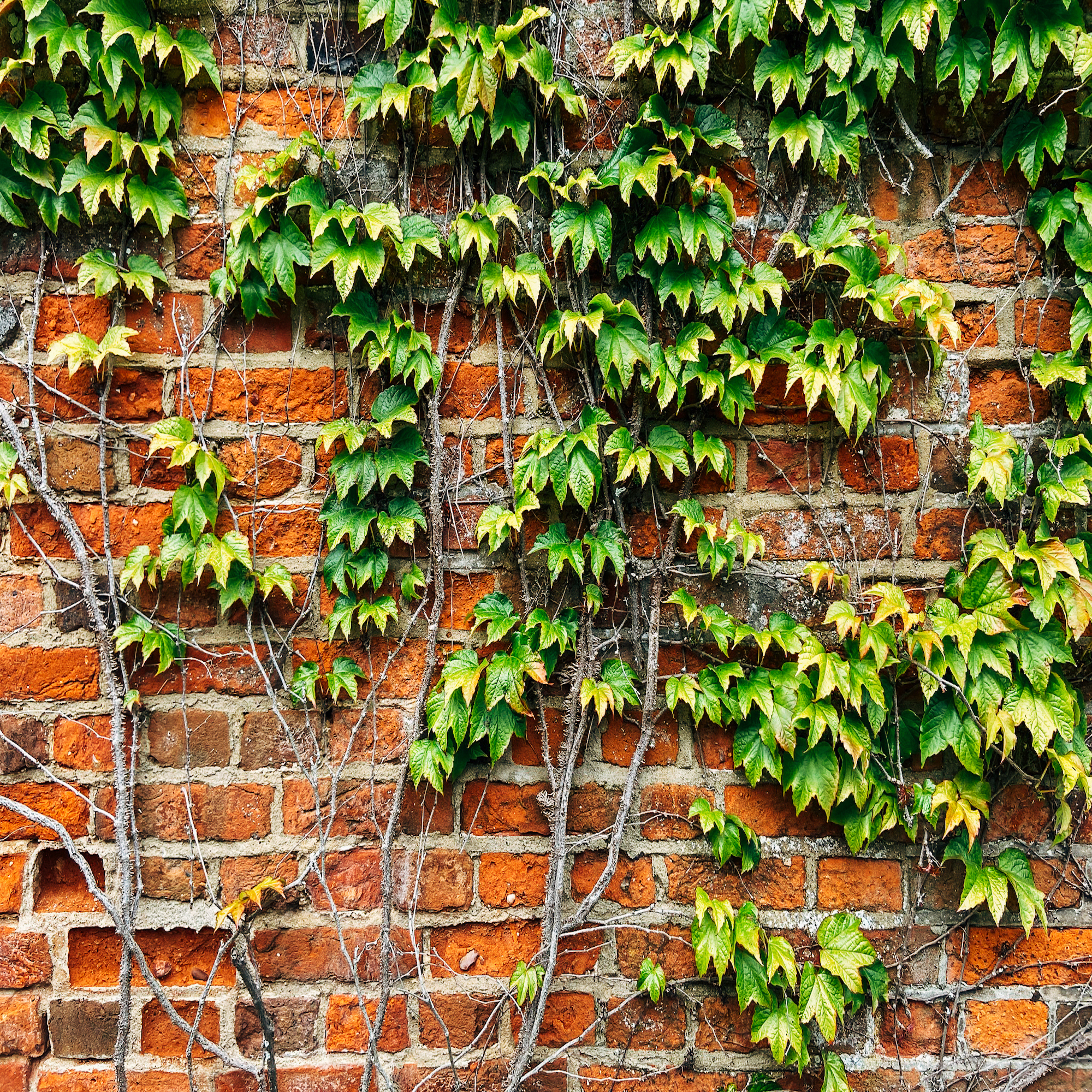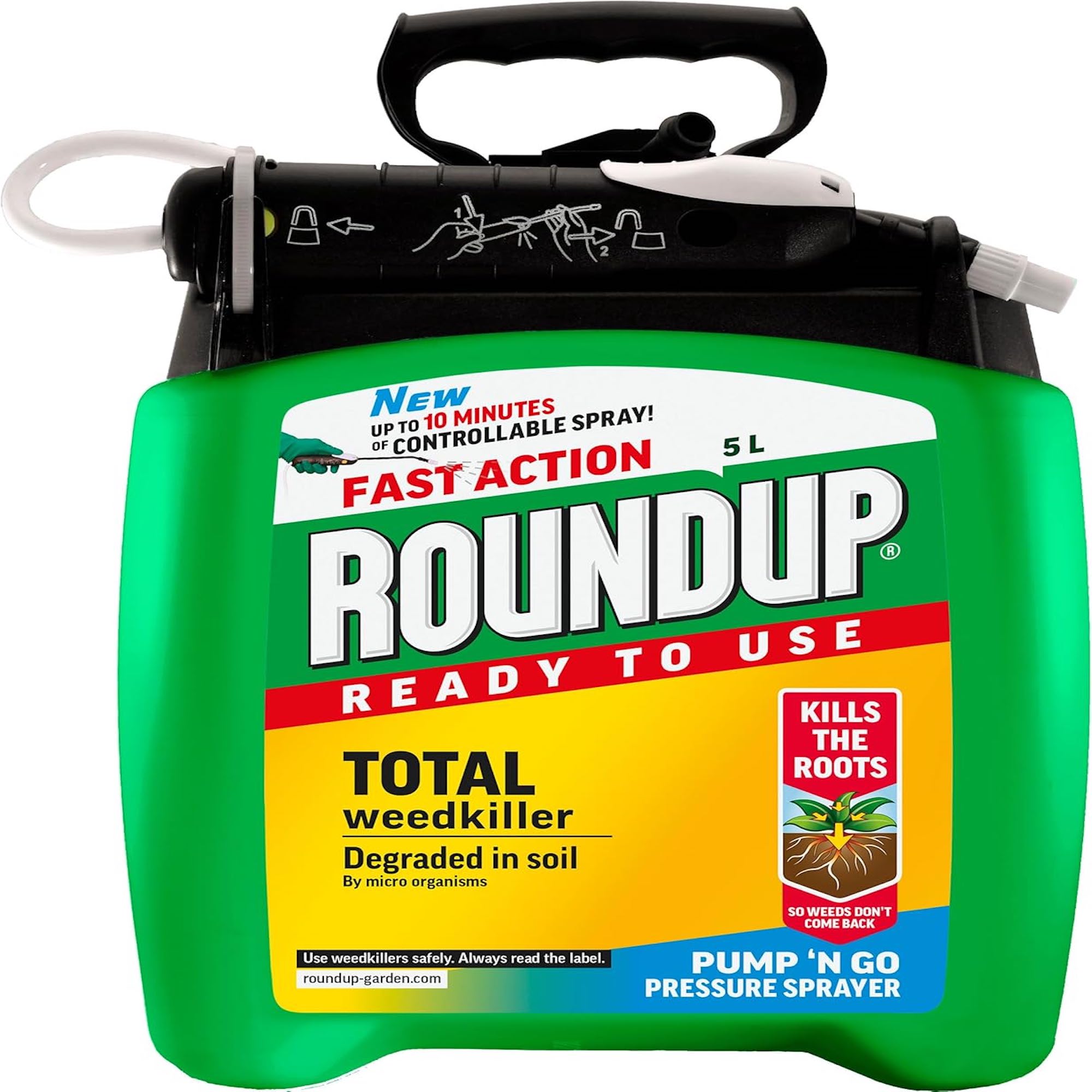How to remove ivy from a house - experts explain how to get rid of this plant if it's damaging your home
If you've had enough of this climbing plant, this is how to get rid of it for good


Whilst ivy can be a beautiful, charming addition to a home, it can be tricky to budge and create a host of issues if it's not well-maintained, including structural damage and damp problems to the outside of your property. Sometimes there is nothing for it but to learn how to remove ivy from your house.
There are hidden benefits to keeping ivy on your house, so we would always encourage you to look into the the pros and cons, and first ask yourself should you remove ivy from your house?
But if you are going in for the kill, the good news is you can completely get rid of the plant and prevent it growing back. We've asked the experts how to remove ivy from a house, including the best methods and the exact tools you'll need to tackle this.
What you'll need to remove ivy from a house
- Hand pruners
- Loppers
- A sharp spade
- A wire brush
- A metal wallpaper scraper or pressure washer
- Herbicide and protective sheeting to protect any surrounding plants

You'll need to use different tools for certain areas to remove ivy from a house so a three-piece garden set, such as this Amazon bestseller, includes everything you need. The heavy duty lopper will cut thicker, harder stems, and the hand pruner is ideal for cutting smaller vines.
Step-by-step
1. Prepare the area
The first step for how to remove ivy from a house is to inspect the area where the ivy has grown, advises Gary James, building expert at Building Shop. 'Make sure to check for damage to the exterior brickwork of the house, any cracks, any damage to render and other external structures. If the ivy has grown into your neighbour's property, you'll have to get permission to remove it from that section.'
It's also important to check for any hidden nests that may be hiding in the ivy, adds Gary. All year round birds and other wildlife can use the ivy as vital protection. It is usually recommended to cut back ivy between March and April before the growing season begins. However, winter is the best time for full removal to avoid any nests.

2. Cut the ivy at the base
Once you've prepped the area you should start at the base of the plant, using pruners to cut the ivy's stems near to the ground. 'This will stop water and nutrients from reaching the ivy above, therefore allowing it to die,' explains Gary.
3. Wait for the ivy to die
For best results. you should leave the ivy for around three weeks, according to Gary. 'Although this is a drawn out process, dead ivy is easier to remove as it loses its grip on the surface. This is also safer for your property, as it'll hopefully result in less potential damage caused.'
Sign up to our newsletter for style inspiration, real homes, project and garden advice and shopping know-how

4. Remove ivy from the walls
You should start by gently pulling the ivy away from the wall, beginning at the top of the wall and working your way downwards, says Graham Smith MCIHort, a horticultural expert from LBS Horticulture. 'If you feel any resistance when pulling the vines, stop and use a pair of hand pruners to cut the ivy. If the ivy has entered cracks in your home, do not pull on it, as the force can make these openings larger.
'Use hand pruners to cut stubborn vines away from the wall. Take care not to pull too hard on the vines to prevent damaging the wall underneath. You can try using a palette knife to get underneath the stems to make them easier to remove. Tackle the outermost vines first, and steadily work inwards to the larger, central stems, combating one section at a time.'
You'll need a sharp spade, like a Root Slayer Shovel available on Amazon, to remove the stump and as many of the roots as possible. Although this will stop the ivy from growing back, it may not always be practical if the roots or stump are close to the base of a fence or wall. If you are unable to remove the stump completely, make sure you are regularly cutting back new growth to ground level.

5. Clean the surface
When ivy stems are removed, they can leave behind root hairs that are strongly attached to the surface. that can persist for a long time.
Graham recommends using a wire brush, a metal wallpaper scraper or pressure washer to remove, them. 'You do need to take care to not damage the paint or mortar,' he says.
Removal can generate a significant amount of debris, which may clog any gutters and piping, so you may need to consider cleaning your gutters afterwards.
6. Take steps to prevent regrowth
The final step to take for how to remove ivy from a house is applying herbicide directly to any remaining leaves in the spring. This will kill the plant down to its roots, says Josh Novell, gardening expert from Polhill Garden Centre.
If you don't want to use a herbicide, you can use a mix of 80% water and 20% white vinegar, taking care not to get either herbicide or white vinegar on any surrounding plants.
'You may need to repeat this process several times over a few seasons, as ivy can be resilient,' Josh explains.
'Regular monitoring is also important. Inspect the area frequently for new sprouts, especially after the rainy season, and treat any regrowth immediately. Make sure you cut the ivy from the base so that it’s fully severed from the root.'
FAQ
What kills ivy permanently?
To permanently kill ivy, the most effective method is to cut all stems near the ground level using loppers or a pruning saw. Severing the stems affects the plant's ability to access nutrients, which eventually kills the ivy.
Josh advises, 'When ivy is growing as ground cover, pruning stems regularly during the growing season will help control its spread and prevent rooting. Hand-pulling and digging out sections of the root system, using tools like secateurs and loppers, can also help remove ivy permanently.'
Is it illegal to remove ivy from your home?
Ivy removal is generally allowed, but there are a few legal considerations to keep in mind, warns Graham.
'If the ivy's roots are growing on your own property, it would only be illegal to remove the ivy if there are birds nesting inside of it. Under the Wildlife & Countryside Act 1981, it is illegal to damage or destroy the nest of any wild bird that is currently in use or being built, so you may need to wait until the nesting season has ended before you can remove ivy.'
You should also be mindful of the legalities around removing ivy that originates from neighbouring properties. If your neighbour does not agree to remove the ivy or grant access for its removal, you can apply for access under the Access to Neighbouring Land Act 1992.
If you are struggling to get rid of the ivy and it's not causing any damage to you home, then do consider if there are any ivy garden ideas you could use to make the most of this verdant plant. But if it is causing damage, keep on top of the monitoring and you should get it under control.


